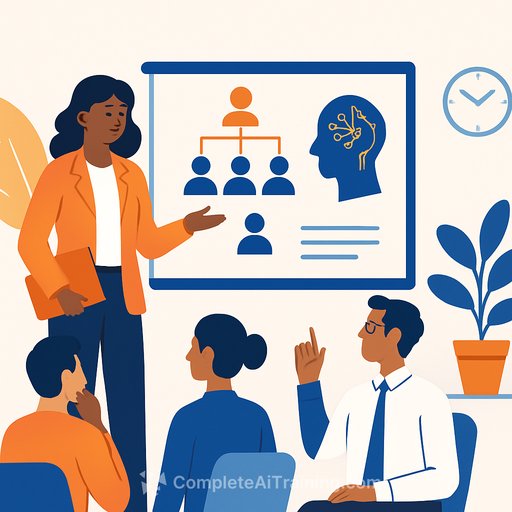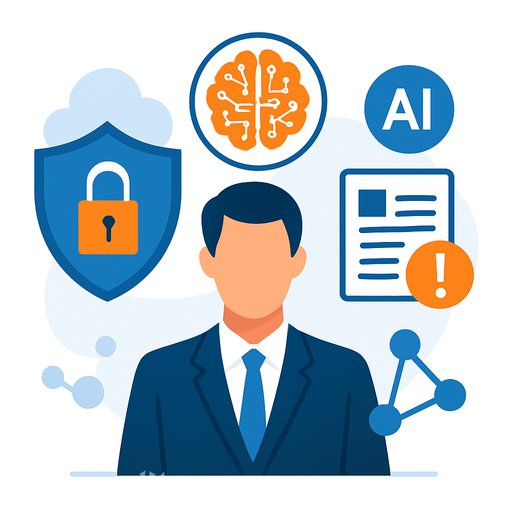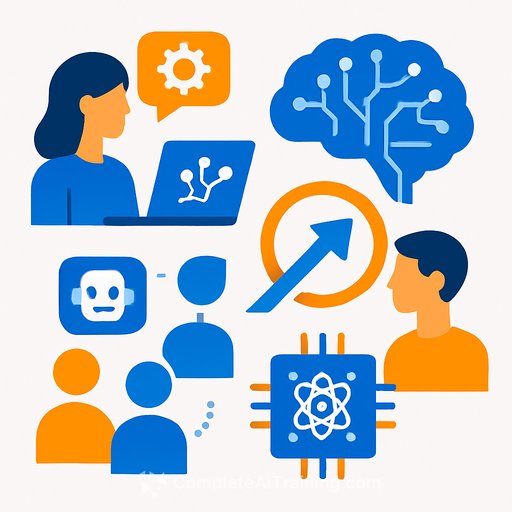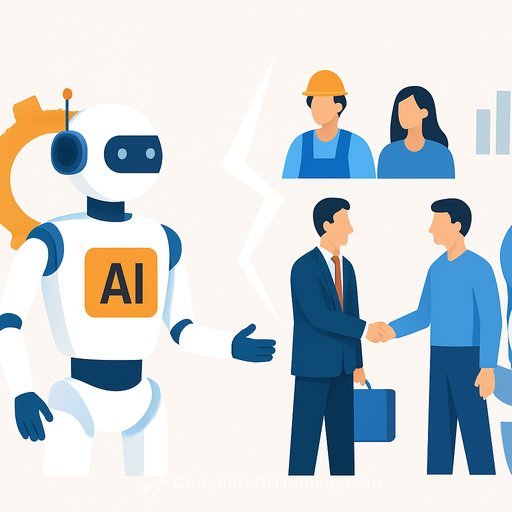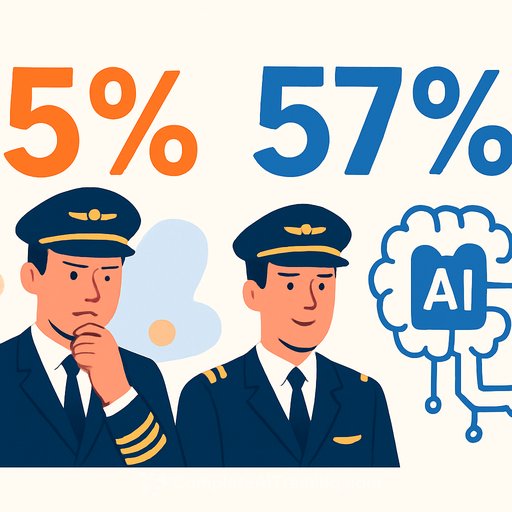Why Workforce Strategy Is the Blueprint for Adaptive Leadership
Artificial Intelligence (AI) is no longer a distant concern—it's actively transforming how work gets done, especially in the public sector. The challenge isn't about AI governance or ethics alone; it’s about whether leaders and organisations have the right conditions to adapt effectively.
Adaptive leadership goes beyond traditional training or authority. It requires embedding adaptability into the very fabric of workforce strategy—through role design, governance, performance systems, and culture. This approach equips leaders to handle AI-driven change with clarity and purpose.
AI: A Leadership Challenge, Not Just a Tech Issue
AI is reshaping roles, systems, and expectations across all levels of public service. The question isn’t just who must adapt, but whether the organisational environment supports adaptation at scale. Traditional leadership models focused on technical problem-solving fall short because AI disruption is an adaptive challenge demanding experimentation, learning, and shifts in values.
Adaptive leadership is about mobilising people to tackle difficult changes together. It’s a mindset and behavior model that involves situational awareness, continuous feedback, and supporting others to engage with uncertainty constructively.
What Adaptive Leadership Looks Like in Practice
In the public sector, adaptive leadership means:
- Accepting uncertainty and systemic disruption as normal
- Framing problems to invite diverse perspectives instead of quick fixes
- Creating safe spaces for learning, reflection, and even failure
- Distributing leadership to tap into insights at all levels
Adaptive leaders must first cultivate their own flexibility and resilience. They help teams shift from passive recipients of AI change to active participants shaping how AI tools are applied. This requires balancing trust, curiosity, and a tolerance for ambiguity—skills that develop only within supportive systems and cultures.
Embedding Adaptive Leadership Through Workforce Strategy
Many public sector workplaces still lean heavily on hierarchy, compliance, and risk avoidance. This environment stifles the “productive tension” needed for adaptive work. Workforce strategy is crucial in shifting this dynamic by intentionally aligning structures and cultures with adaptive leadership principles.
Key elements that workforce strategy can address include:
- Governance: Empower distributed decision-making to increase responsiveness.
- Role Design: Integrate AI to automate routine tasks, freeing leaders for higher-value work.
- Performance Systems: Reward experimentation, learning, and adaptability.
- Culture: Foster psychological safety, normalize reflection, and treat failures as opportunities to grow.
Workforce strategy is more than aligning roles and skills; it shapes the mindset and behaviors essential for adaptive leadership. It also signals to current and future employees that flexibility, growth, and purpose are organisational priorities.
The relationship between workforce design and capability is cyclical: capability demands shape workforce needs, while workforce structures enable capability to flourish. Making this interdependence explicit is vital for embedding adaptive leadership at scale.
A Strategic Priority for Public Sector Leaders
Adaptive leadership is essential as AI disruption intensifies. Leaders need more than concepts—they need systems that support adaptive behaviors in real work contexts. Workforce strategy acts as the scaffolding enabling this by aligning leadership development, performance frameworks, and organisational structures.
Without this systemic support, leadership programs alone won’t sustain adaptation. Instead, organisations must invest in coordinated efforts that embed adaptability into their operating model, enabling leaders to anticipate change, engage stakeholders, and maintain public trust.
For executives and strategists aiming to future-proof their leadership and workforce, integrating adaptive leadership into workforce strategy is the practical path forward. It ensures leadership capability grows in step with technology and societal shifts.
To explore how AI skills and leadership adaptability can be developed through targeted training, visit Complete AI Training’s latest AI courses.
Your membership also unlocks:

